Why Technology May Have Killed Jewelry
January 8, 2015 in Daily Bulletin
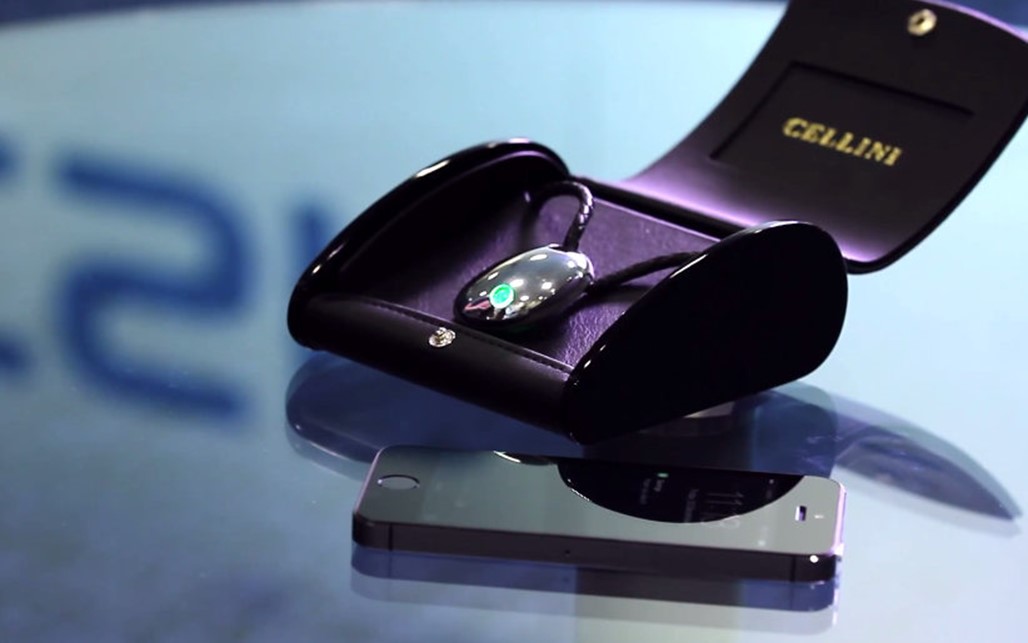
The jewelry industry isn’t doing so hot these days and Beejoli Shah thinks she knows why:
- Dating couples used to express their affection through gifts of jewelry. Now they do it through gifts of technology such as the latest smartphone.
- Technology, they reason, is just as pricey as jewelry, but is also functional.
- While diamonds are forever, millennials aren’t ready to make that kind of commitment. They would rather buy a tablet knowing that they will upgrade to a different one in a couple years.
- At the same time the quality of costume jewelry is increasing, and because it’s cheap, buyers can purchase baubles as fashions come and go.
See some eye opening statistics, find out the role that the internet played, and read more details about why the jewelry business is struggling over here.
Source: Pacific Standard









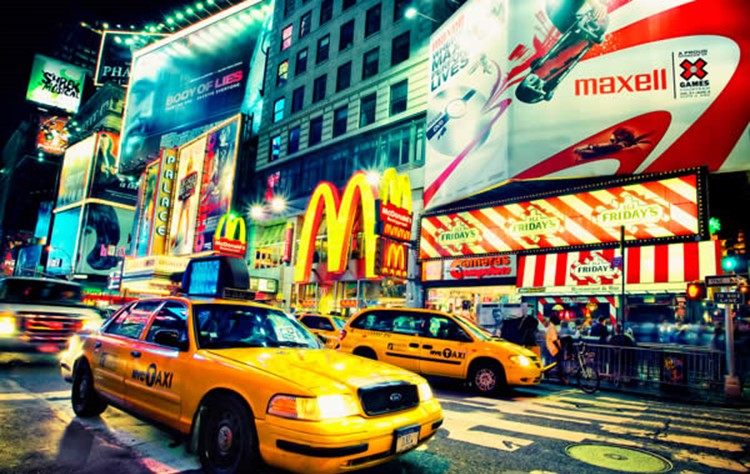
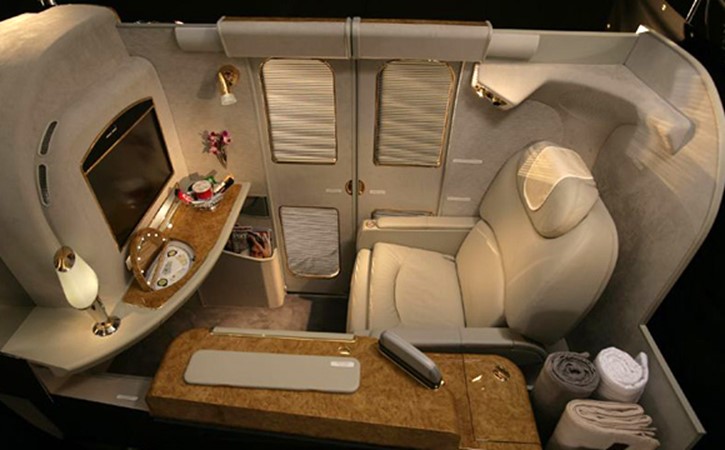
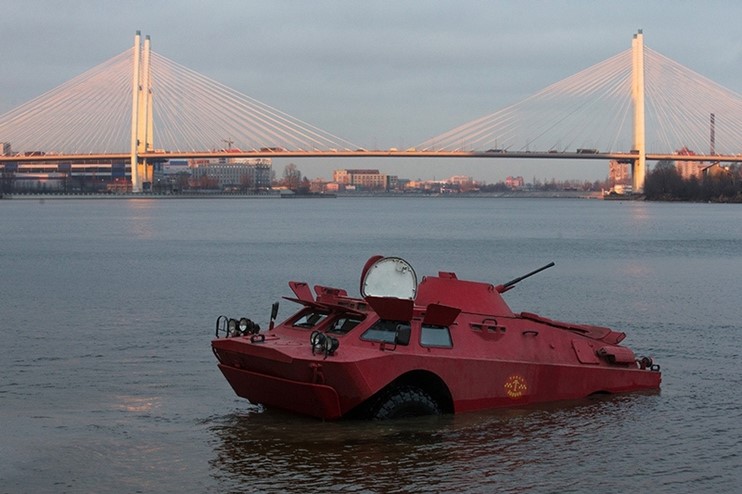



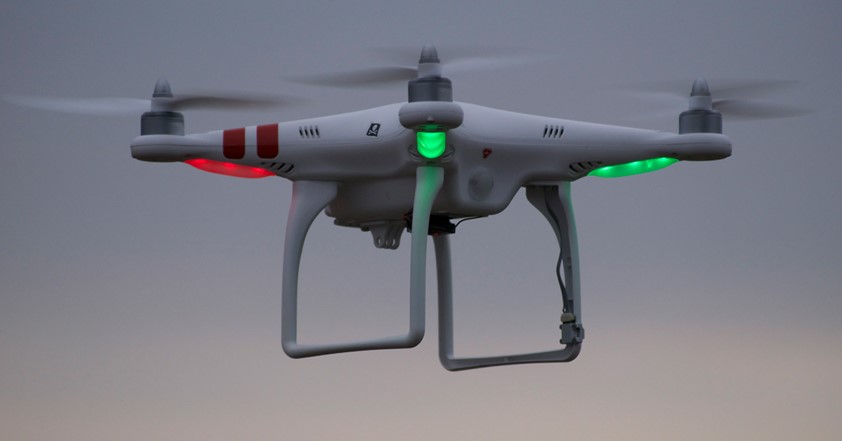
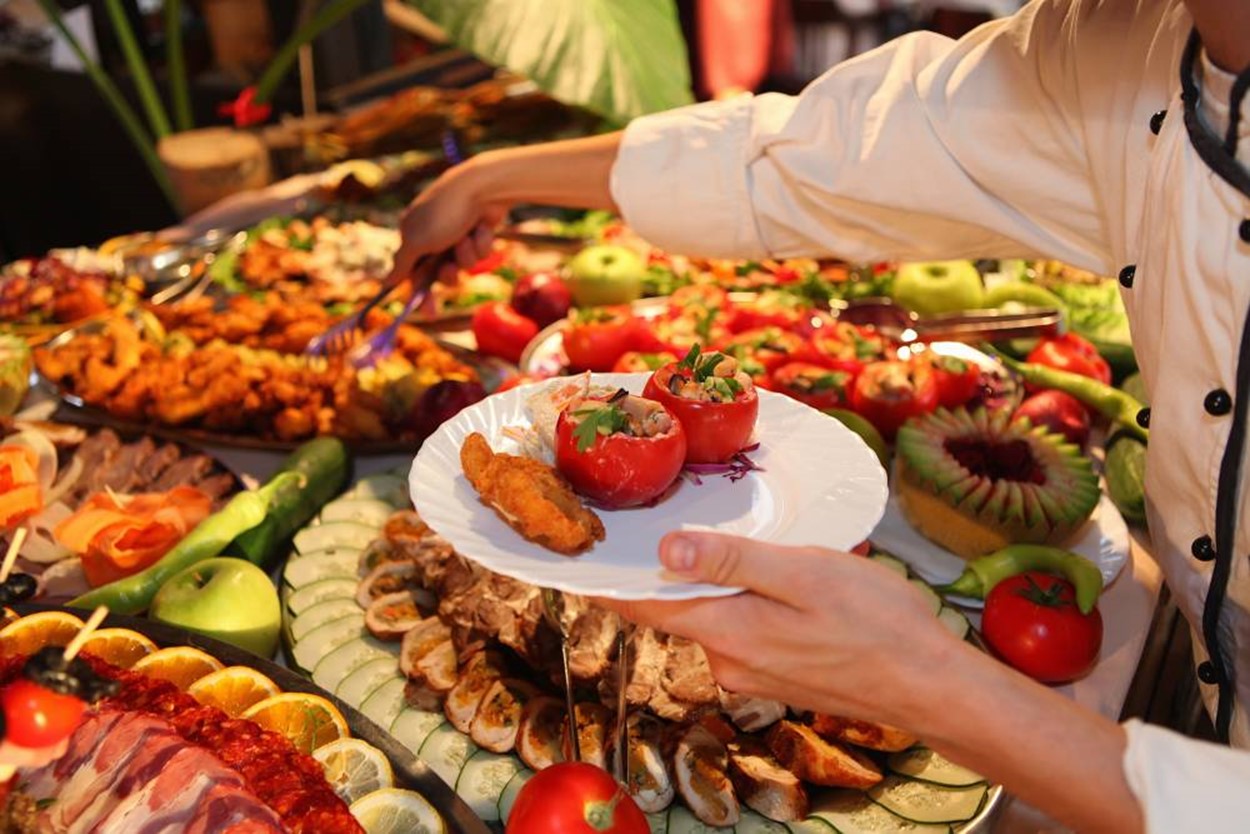
Join the Discussion! (No Signup Required)